The BIR (Bureau of International Recycling) World Recycling Convention and Exhibition, of which SteelRadar is a media partner, opened its doors today in Valencia, Spain. The session “The Environmental Advantage of Recycled Steel”, organized as part of the event, discussed the tangible contribution of steel recycling to the climate crisis and its sustainability potential.
Moderated by Shane Mellor, President of the Ferrous Division, the plenary session focused on the environmental benefits of recycled steel in terms of emissions, energy, water and land savings. The session was a follow-up to the meeting held in Singapore, which focused on the theme of “Green Steel”.
Striking data: EUR 115 billion of environmental damage averted annually
Speaking at the session, Dr. Frank Pothen, Professor of Economics at Jena University of Applied Sciences, Germany, shared data from a new study evaluating the ecological benefits of recycled steel in terms of social carbon cost.
Prof. Pothen explained that according to calculations based on greenhouse gas emissions, the use of recycled steel prevents between EUR 30 and 115 billion of environmental damage annually. It was emphasized that this data is of great importance for businesses to measure and publicize impacts beyond their own borders.
“Recycling is more efficient even in the era of green hydrogen”
Prof. Pothen stated that recycled steel will maintain its advantage even in a future where hydrogen-based production will dominate, adding "The amount of green electricity required to remelt scrap steel will remain much lower than for ore-based production. This shows that recycling is indispensable for achieving carbon neutrality targets."
However, Pothen also highlighted the limitations of scrap resources, noting that the quantity and availability of these materials face supply-side constraints.
Scrap supply in Europe will increase, but only marginally
According to the literature review presented by Prof. Pothen, a steady increase in the supply of post-consumer scrap is projected in Europe between 2020 and 2050. However, this increase is expected to be slow and steady rather than in big leaps. By 2050, there may be a pause in this increase.
It was also pointed out that the amount of new scrap generated during production in steel mills is unlikely to increase due to saving trends.
In the first part of the session, Daniel Pietikäinen, Trade and Environmental Policy Officer at BIR, shared the results of a comprehensive study on the environmental impacts of ferrous metals, prepared in collaboration with KPMG. This data will be used in the BIR's strategies to influence policymakers globally and increase the adoption of recycled steel.
Global map of recycling updated
During the event, the 16th edition of the annual report “World Steel Recycling Figures”, prepared by Ferrous Division Statistical Consultant Rolf Willeke, was also presented to the public.
This important meeting in Valencia once again demonstrated the environmental and economic contributions of recycled steel and sent a strong message that the industry must be at the center of green transformation.


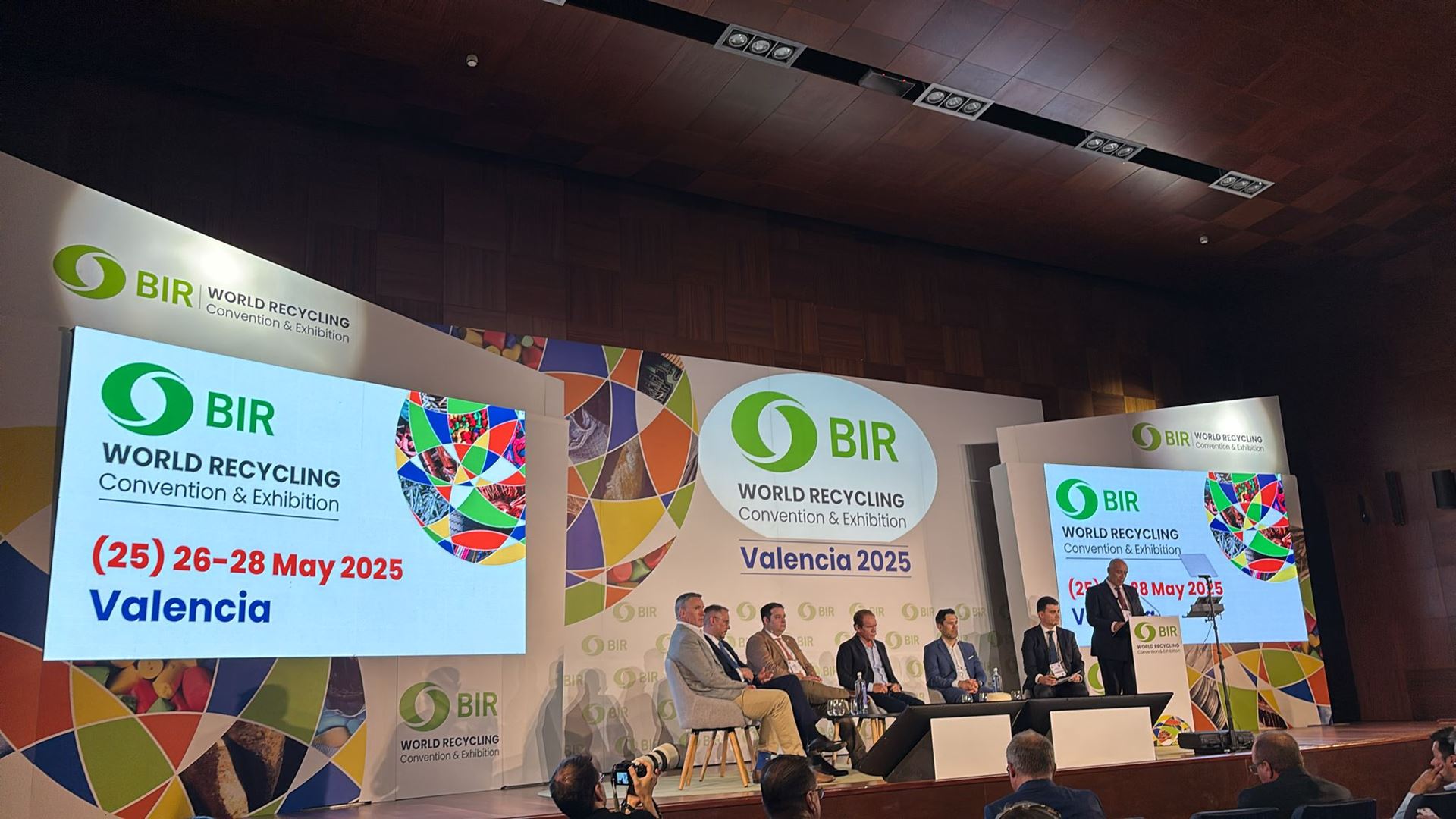
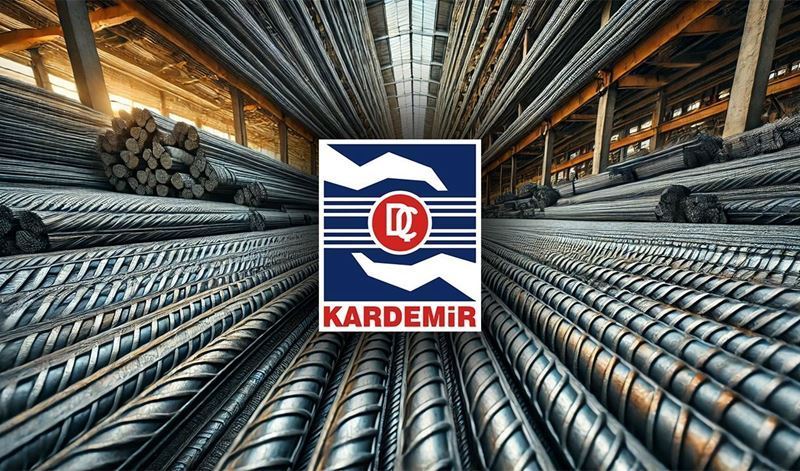
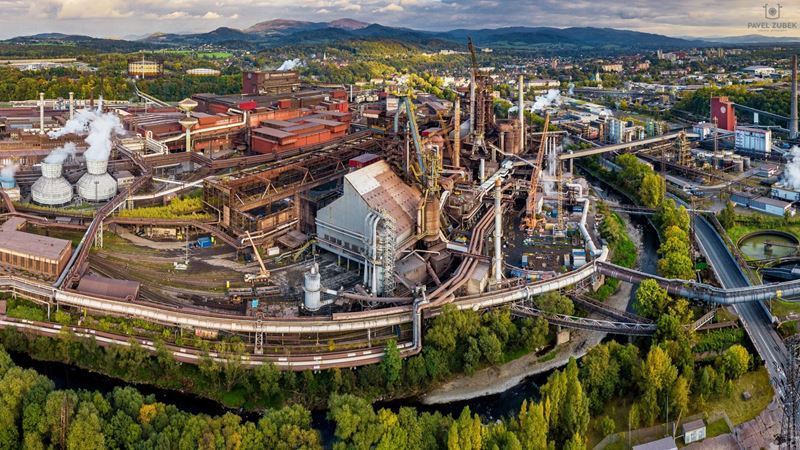
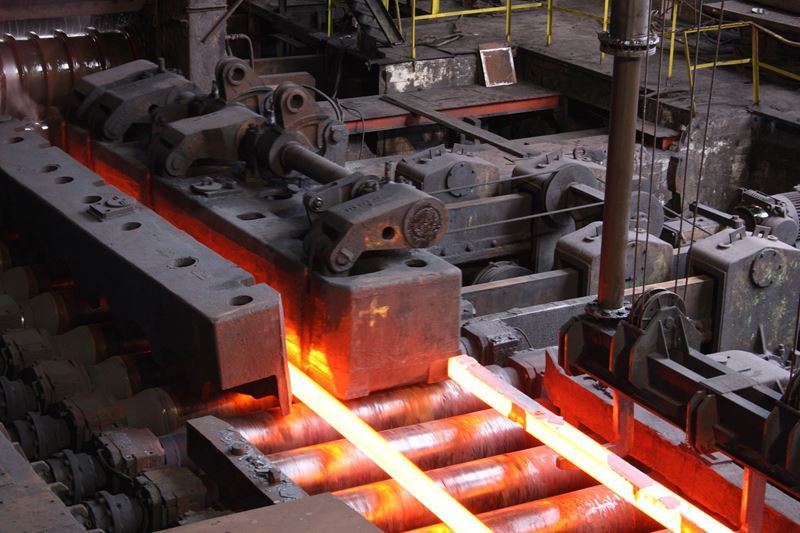
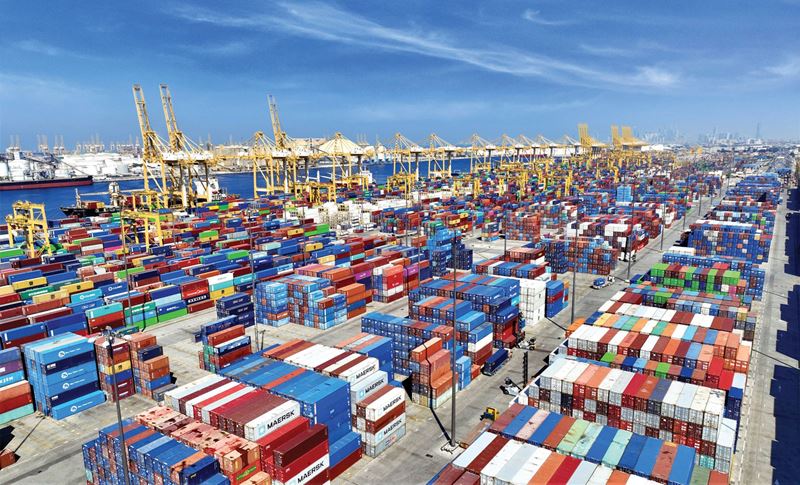
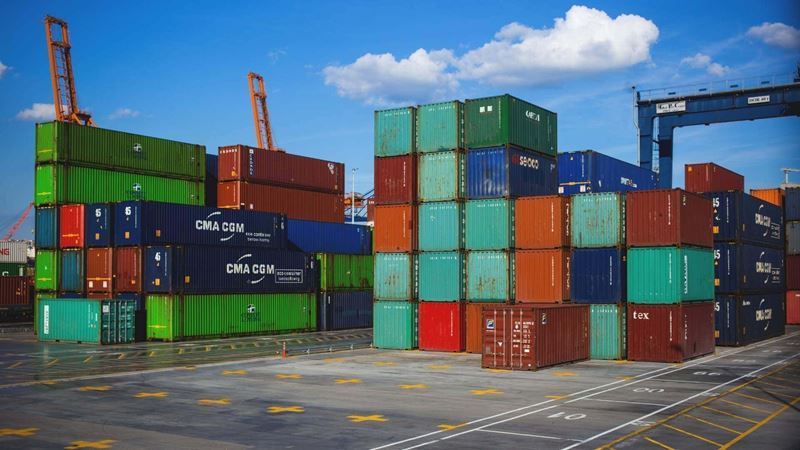

Comments
No comment yet.